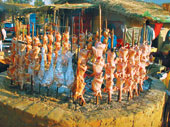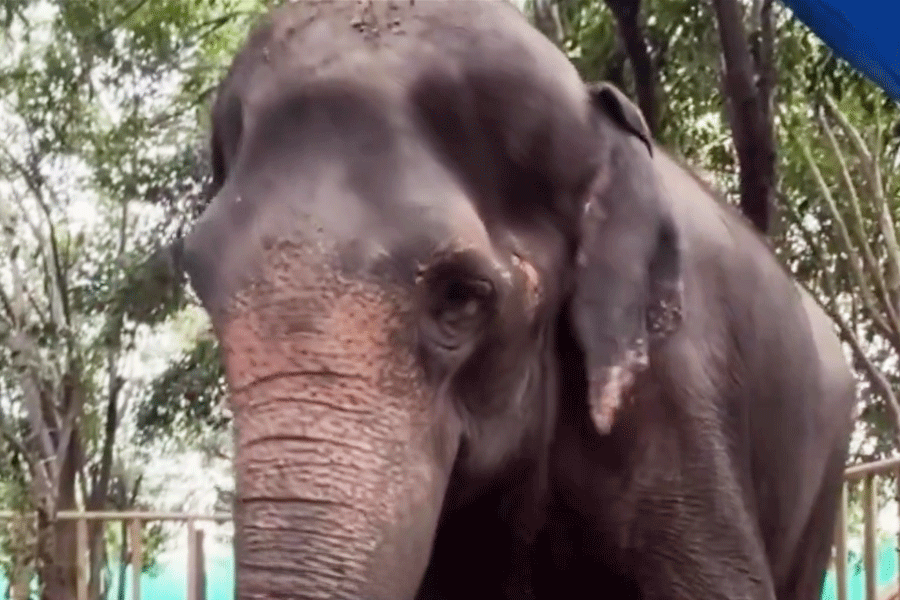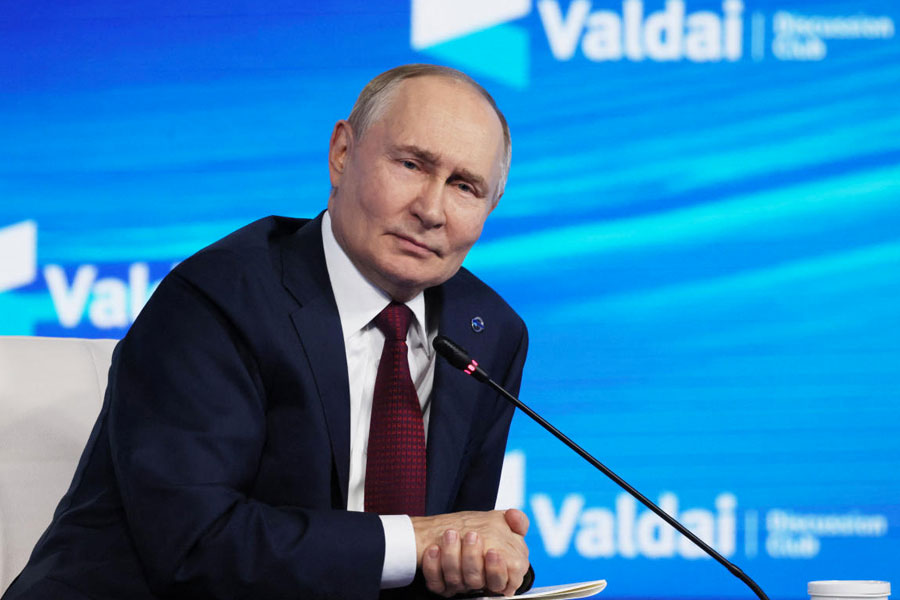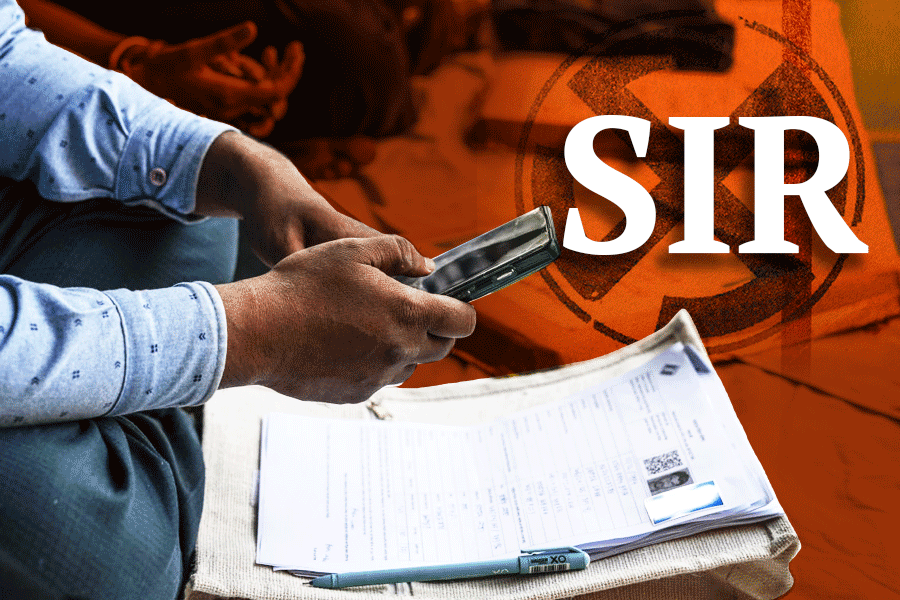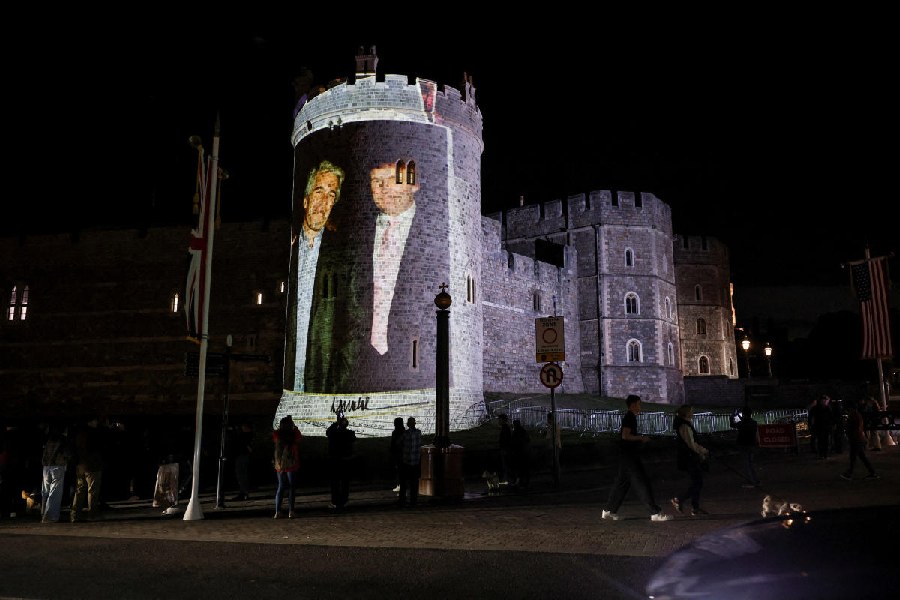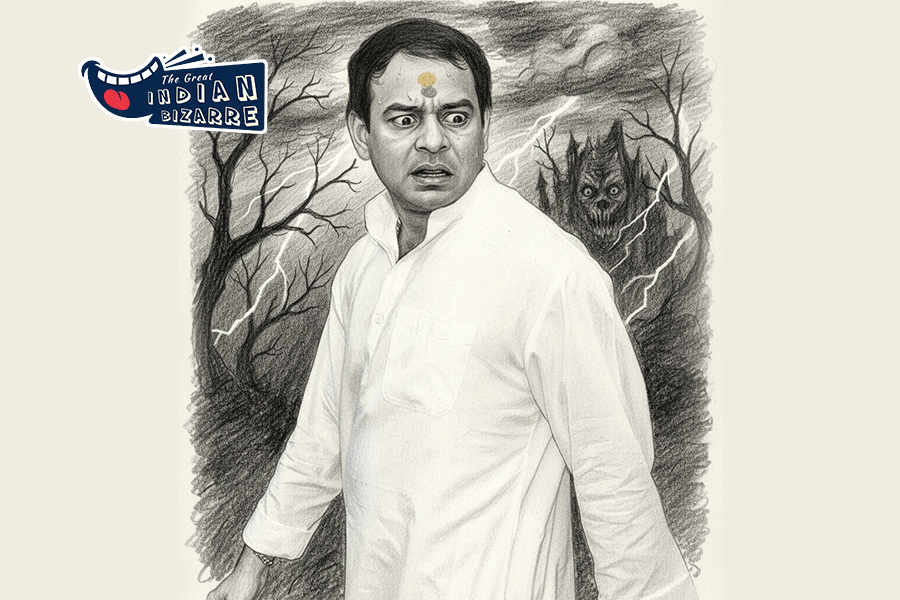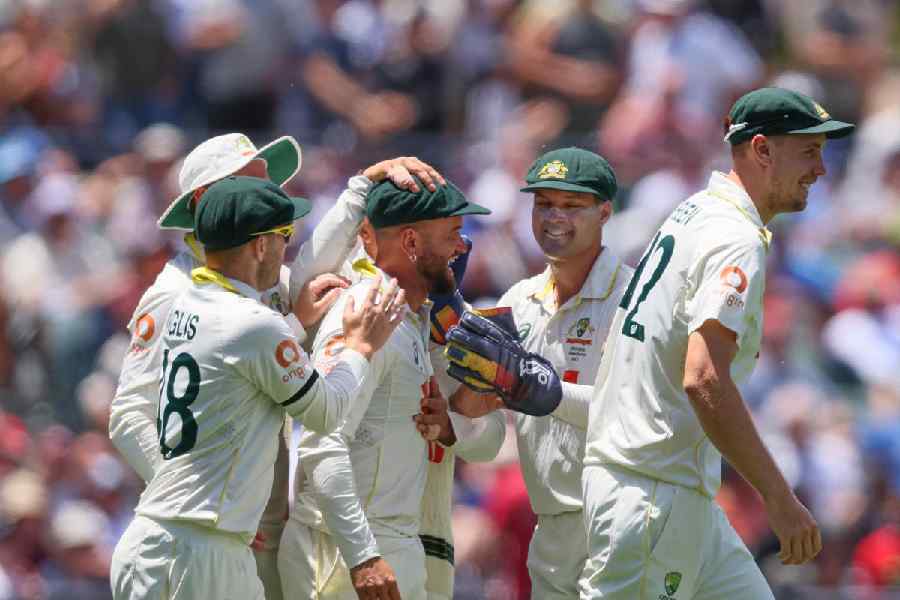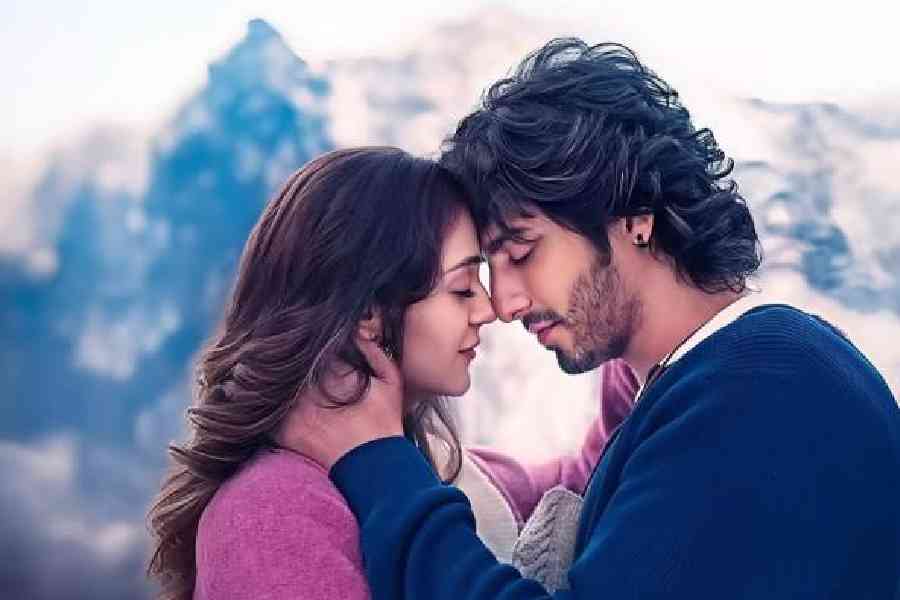 |
 |
 |
 |
| (From top): Kebabs on the streets of Lahore; prayers in session at the Badshahi Mosque; the famous Minar-e-Pakistan at sunset; passengers queue up before boarding the Delhi-Lahore bus |
How many times have you been stopped in your tracks by a VIP cavalcade? Didn’t you sit at the wheel and daydream about how it would be nice to be the prime minister just for the thrill of racing through empty streets with sirens wailing and flashing lights blazing?
Well, there’s one inexpensive way to get that prime ministerial feeling ? clamber on board the Lahore-Delhi bus for the cross-border trip to another land. It costs less than Rs 1,000 and for that price, you get an escort of police jeeps guiding you all the way. The police have the routine perfectly worked out and they guarantee that the bus pelts along the highway at top speed. Throw in cheery bystanders who wave you along, all the way ? on both sides of the border.
Okay, there are a few un-prime ministerial bits. Like the 4am check-in time for the 6am to 6pm bus ride and the careful frisking before boarding. But the police escort makes it a smooth ride for the entire 536km-journey from Delhi to Lahore. And, there’s good cheer inside the bus between the Indians and the Pakistanis. In fact, by the time the bus reaches Lahore, you’ve got a long checklist of dos and don’ts and invitations to visit your co-passengers at home.
For those who’d rather stay glued to the screen, there are in-bus videos. And, of course, there are three stopovers for lunch and chai-pakoras along the way. I thought the food on the Indian side (that’s 95 per cent of the way) was clearly better both in quality and ambience. In addition, there are even two stern gun-toting policemen inside the bus.
It isn’t smooth sailing all the way. The VIP treatment halts the moment you enter the customs houses on both sides of the border for the tedious grind of immigration and customs. The newly-built customs house near the Wagah border on the Indian side again stands out in sharp contrast to the dowdy structure across the border.
But, customs and immigration are minor irritants. Here I was, stepping into a land that, till recently, seemed so out of bounds. At the Wagah border, we walked through the metal gates and the tall arches. It was a thrilling experience, even though we’d been stuck inside the customs shed and so missed the evening’s flag-lowering ceremony.
As a Punjabi, I had extra expectations from this land as I got back into the bus on the other side of the border. My grandmother and even mother often talked about the home they’d left behind. So, I was struggling to keep my emotions at bay and mentally photograph every detail of this once forbidden land.
The first experience, just across Wagah, is a dampener, as the customs rummage thoroughly through your bags and ask stern questions. The best technique is to sound unfazed by the queries. Once that’s over, there’s the rest of the journey. On one side is the brick-lined Ichhogil Canal, with a depth of 20ft of fast-flowing water, that runs parallel to the border from India till about 8km inside Pakistan. Its steady flow, as you drive into Pakistan, seems as if it is escorting you, into the neighbouring land through that 40-minute flat drive. (I was left wondering about Veer Zara which showed Preity Zinta and Shah Rukh Khan crossing a tough mountainous stretch between Attari and Lahore). The truth is that the road between Amritsar and Lahore is flat and plain without even a semblance of a hill on the way!
Once in Pakistan, the urge to make comparisons is unavoidable. But differences, I thought, were hard to find. There is nothing, simply nothing that makes you feel that you are in a different land. Everything looks the same. The people, the buildings and even the roads, clogged and choked with vehicles of all shapes and sizes. Yep, the traffic is almost as bad as Delhi and the pavements are also painted black and yellow.
Hang on a sec. There is one key difference. The clothes. Most of the men are dressed in Pathani suits and women in salwar-kameez with the salwars tucked up above the ankle in a tight fit! Burqas? Not really. There are some who do, but the majority don’t take to the cloak.
As you busily grab first impressions through the window, the bus is taking you through the east of the city to the heart of the town. En route, you catch a glimpse of the famous Jallo Park.
For an Indian woman being alone in Lahore is a bit intimidating initially. Isn’t this the place that’s a haven for terrorism and underworld activities? But the reality is always different from nervous expectations. This city is safe, at least safer than Delhi, though it’s bustling with the same kind of life.
In fact, many things are clearly better than in Delhi. I jumped into an autorickshaw and told the driver where to go. Without any fuss, I was taken there.
As a single woman travelling on one’s own, it’s best to wear a salwar-kameez. What about a bindi? It’s better to keep it for indoor gatherings.
But once you’ve got past your initial reservations and mention where you’re from, the people of Lahore live up to their reputation for warmth and generosity. If you’re a Punjabi from India, then this hospitality knows no bounds.
The taxiwallah will refuse to charge you for the journey and will, instead, say “Aaap hamare mehmaan hain”. Another driver who’d been assigned to take me around, insisted on taking me to some tourist spots instead of just to the hotel.
As for the city itself, it is big, sprawling, crowded but safe. In fact it’s a lot like India. On the roads there’s the same cacophony and crazy mix of vehicles ? from thelas, bullock carts and rickshaws to colourful buses, bikes and cars.
There’s plenty to see in Lahore ? and that includes both the ancient and the modern. Lahore exudes a laidback charm and it’s history stretches back all the way to the Ramayana. Then came the Mughals, the Sikhs and the British. And each one left a mark on the city.
The landmarks to see include Kim’s Gun, Minar-e-Pakistan (where the Pakistan Mulsim League passed the resolution to establish an independent Pakistan). Then, there are Sikh sites like Dera Sahib Gurudwara and Ranjit Singh’s Samadhi while Mughal sites include Jehangir’s tomb, the Badshahi Mosque (Aurangzeb’s mosque), Lahore Fort, Delhi Gate and Kashmir bazaar in the old city as well as the Shalimar Gardens and the Shrine of Main Mir.
In the town itself, some of the buildings you can see as you drive past are the Alhambra Arts Centre, Faletti’s Hotel (where the Delhi-Lahore bus ride ends), the Punjab Assembly building, the Punjab high court and the Bagh-e Jinnah.
Of course, you can’t leave Lahore without shopping. There is Liberty Market where you can buy almost anything. Then, there’s the more traditional Anarkali Bazaar where you can, in one shop buy parandhas and churis and in another pick up the latest gizmos and ‘Made in China’ brands.
Foodies should not miss out on Gwal Mandi. It turns into a splendid food street by night; where people come in droves to feast at the roadside eateries. And there’s lots to savour ? delicious naans, kebabs, gosht and much more.
Much like Delhi, the newer parts of Lahore are a stark contrast to the old city. There are broad tree-lined avenues that take you through Lahore’s Defence and Gulberg districts. Palatial bungalows spread over acres of green are a delight to drive past.
As you set to leave Lahore, you wish you’d budgeted more time for the city. There is invariably a lot that you have missed out on. But then, as they say, there’s always a next time.
Photograph of bus by Geeta Kumria Sharma

